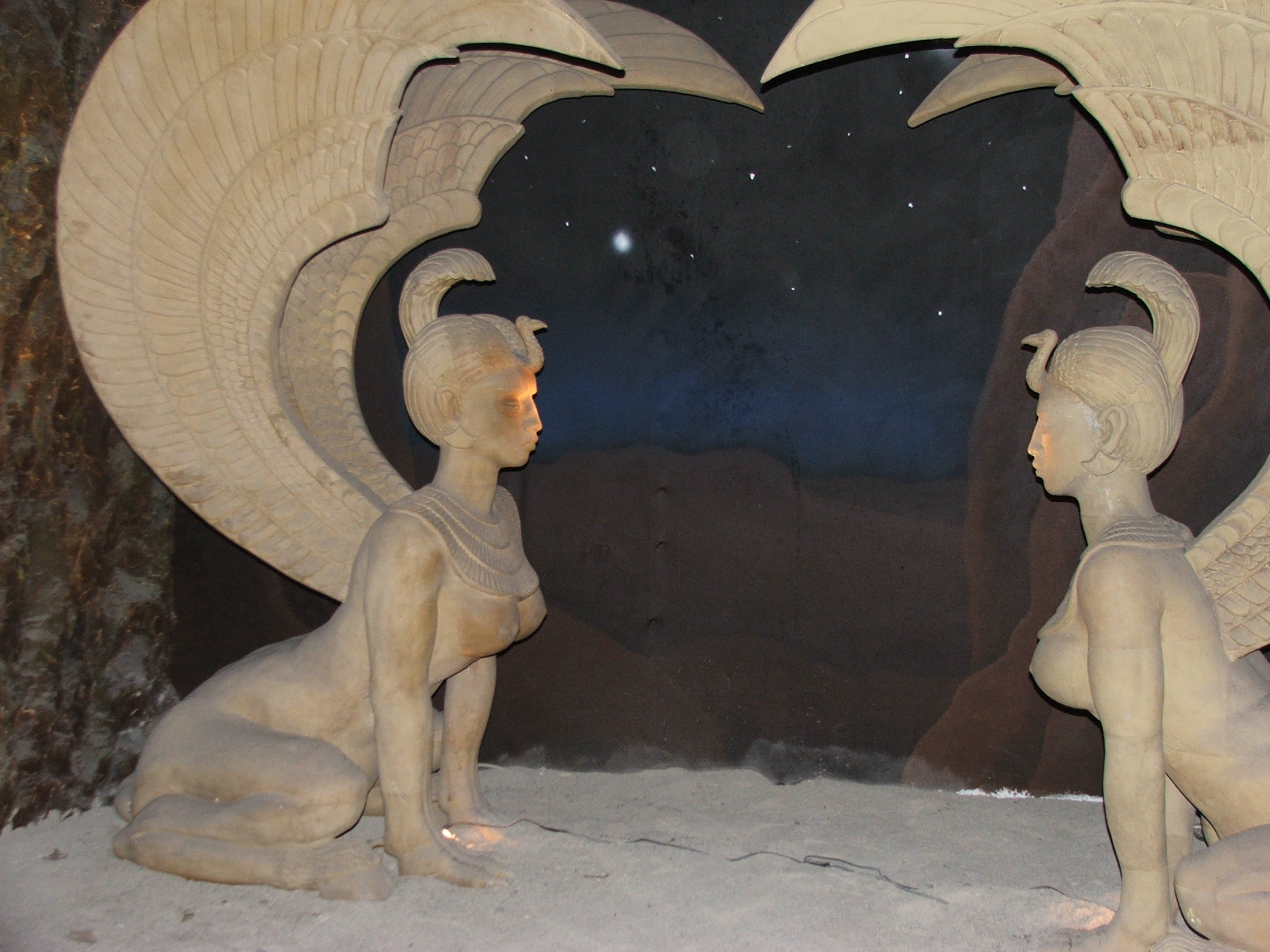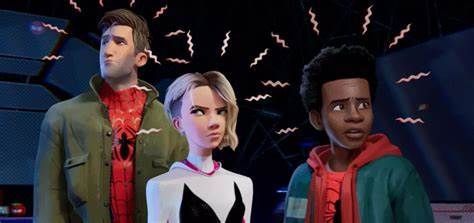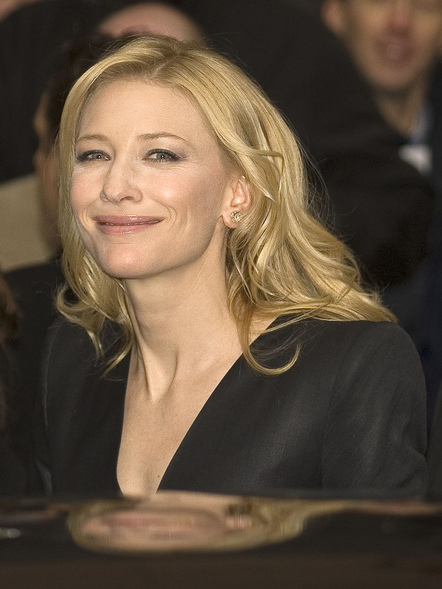
Cate Blanchett. The name itself conjures images of effortless transformation, a theatrical shapeshifter who can embody queens, addicts, elves, and conductors with equally staggering conviction. As she celebrates her 55th birthday, it feels less like a milestone and more like a moment to marvel at a career defined by an insatiable curiosity for the human condition and an unparalleled ability to inhabit it on screen and stage. She isn’t just an actress; she’s an event, an artist who consistently challenges expectations and expands the very definition of performance.
Her journey from the Australian stage to the pinnacle of international acclaim is a testament to both prodigious talent and relentless dedication. Over three decades, Blanchett has cultivated a filmography and stage resume that is less a collection of roles and more a masterclass in artistic exploration. Whether she’s commanding the grandest cinematic landscapes or dissecting the fragile psyche in an intimate indie, her presence is always indelible, forcing us to lean in and witness the alchemy unfold. This article embarks on a deep dive into 14 of her most pivotal and transformative performances, beginning with the roles that first put her on the map and announced the arrival of a truly singular talent.
These aren’t just characters she played; they are worlds she built, voices she honed, and emotions she channeled. From the stoic majesty of a monarch to the raw vulnerability of a struggling soul, Blanchett has consistently delivered performances that resonate long after the credits roll. We’ll trace the early contours of her artistic vision, examining how her initial forays into film and theatre laid the groundwork for the multifaceted legend she is today. Prepare to be reminded why Cate Blanchett is not just one of the best performers of her generation, but arguably, one of the best of all time.
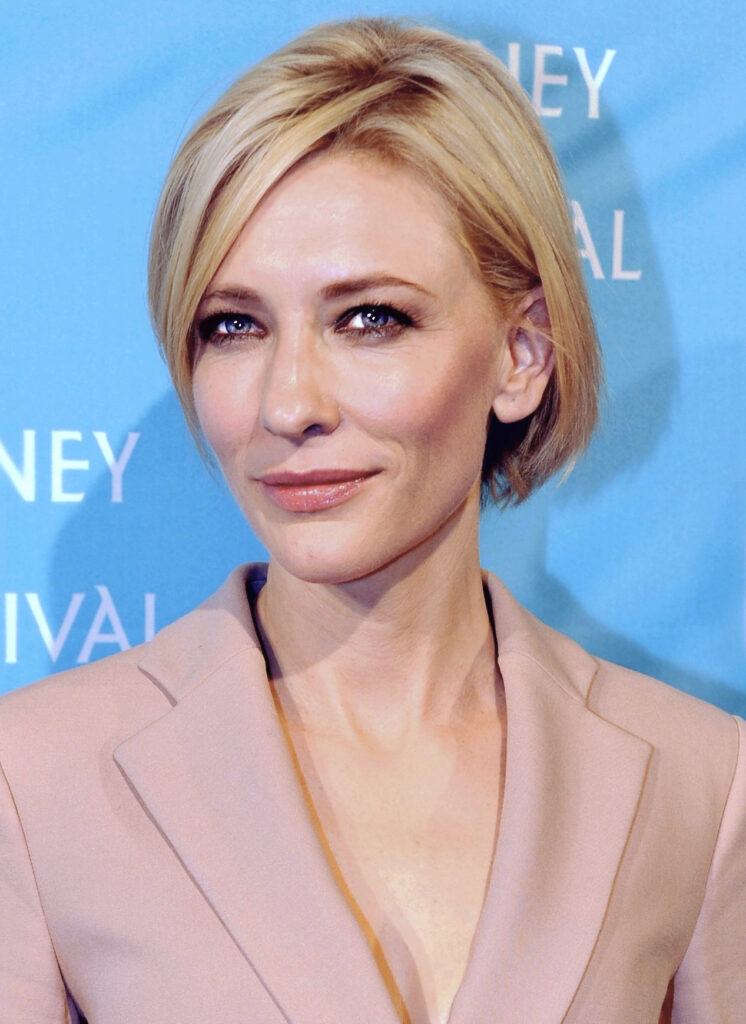
1. **Queen Elizabeth I in *Elizabeth* (1998)**Before 1998, Cate Blanchett was a critically lauded Australian stage actress with promising film roles under her belt. Then came Shekhar Kapur’s *Elizabeth*, and suddenly, the world collectively turned its head. Her portrayal of the young Elizabeth I, navigating treacherous court politics and ultimately transforming into the “Virgin Queen,” wasn’t just a performance; it was an ascension. Blanchett conveyed “with grace, poise and intelligence that Elizabeth was a wily, decisive, advanced thinker, far too aware of her own exceptional nature to bow to any man.” This was the role that “catapulted her to international prominence,” earning her a Golden Globe, a BAFTA, and her first Academy Award nomination for Best Actress.
What made this performance so compelling was Blanchett’s ability to “build the juicy character almost imperceptibly from a smart but wary young woman who may be in over her head into a powerful creature of her own invention.” She captured the radical shift from a vulnerable, almost naive princess to an unyielding, iconic monarch. Janet Maslin of The New York Times lauded how Blanchett “brings spirit, beauty and substance to what otherwise might have been turned into a vacuous role,” underscoring the depth she imbued into a character that could have easily become a historical caricature.
The film, and Blanchett’s performance, became “a tale of twin transformations,” as Alicia Potter noted, “that of Elizabeth into one of history’s most enigmatic and powerful women, and that of Blanchett into, well, a bona fide screen queen.” It wasn’t just about the external trappings of royalty; it was about the internal steel, the profound loneliness, and the calculated self-sacrifice required for rule. This demanding role showcased her remarkable range and established her as a serious contender on the global stage, proving she could carry a complex historical drama with both gravitas and nuance. The sequel, *Elizabeth: The Golden Age* (2007), would later give her the unique distinction of receiving a second Oscar nomination for reprising a role, further solidifying the impact of her initial portrayal.
Read more about: Chameleons of the Silver Screen: Unpacking the Unparalleled Versatility of 14 Iconic Actors Across Genres
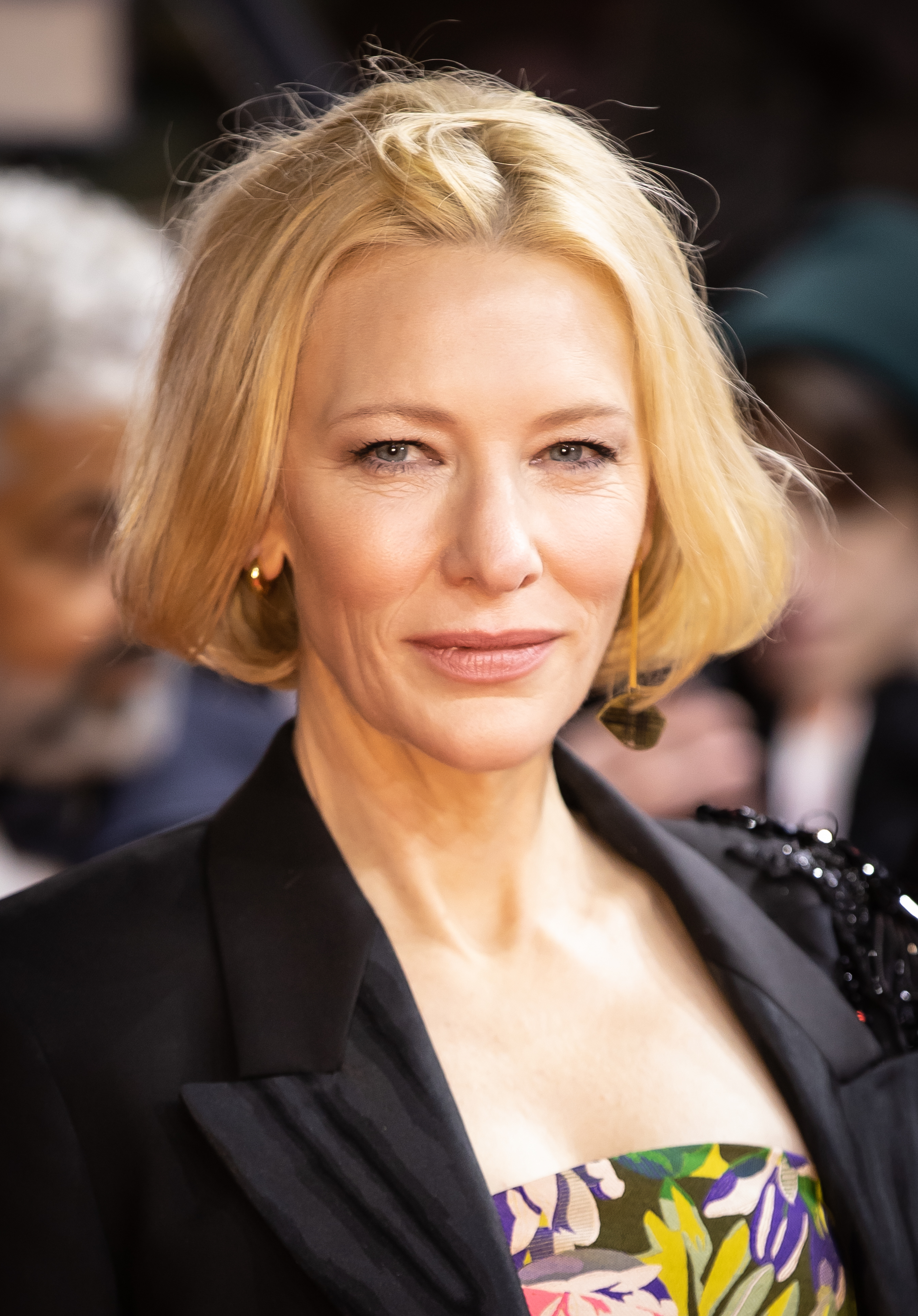
2. **Lucinda Leplastrier in *Oscar and Lucinda* (1997)**While *Elizabeth* was her international breakthrough, it was Gillian Armstrong’s romantic drama *Oscar and Lucinda* that gave Blanchett her “first leading role” in a feature film. Here, she embodied the eccentric heiress Lucinda Leplastrier, opposite Ralph Fiennes. The role was initially intended for Judy Davis, a formidable actress known for her intensity, which immediately signals the kind of complex, off-kilter energy Blanchett brought to the character. It was a crucial early showcase for her ability to infuse an unconventional romantic lead with both fragility and fierce independence.
Critics were quick to recognize her burgeoning star power, with Emanuel Levy of Variety declaring Blanchett “luminous newcomer… bound to become a major star.” Her performance garnered “wide acclaim” and earned her her “first AFI Award nomination as Best Leading Actress.” Lucinda is a woman ahead of her time, gambling away her inheritance, running a glass factory, and falling into an unusual, fated relationship. Blanchett portrayed this blend of defiance and wistful romanticism with exquisite sensitivity, making Lucinda utterly captivating.
The film itself, a visually stunning period piece based on Peter Carey’s novel, allowed Blanchett to demonstrate her capacity for nuance and intricate character development. She conveyed Lucinda’s blend of intelligence, eccentricity, and yearning without ever resorting to caricature. It was a performance that hinted at the boundless potential that would soon explode onto the international scene, proving that she could command the screen with a quiet intensity that was deeply compelling. This role was a vital stepping stone, allowing audiences and critics to see the magnetic force she was destined to become.

3. **Meredith Logue in *The Talented Mr. Ripley* (1999)**Following her monumental success in *Elizabeth*, Blanchett smartly pivoted to a critically acclaimed and financially successful ensemble film, *The Talented Mr. Ripley*. Though not a leading role, her performance as Meredith Logue, an American heiress who falls for Dickie Greenleaf and later becomes entangled with Tom Ripley, was singled out by critics. This role demonstrated her versatility, placing her among a stellar cast including Matt Damon, Gwyneth Paltrow, Jude Law, and Philip Seymour Hoffman, and showing she could shine brightly even when sharing the spotlight.
Meredith is a character defined by a certain naive sophistication, a woman accustomed to privilege yet yearning for genuine connection. Blanchett portrayed this delicate balance, projecting both an aristocratic bearing and a vulnerability that made her interactions with the duplicitous Ripley all the more poignant. She navigates the film’s tense, sun-drenched European backdrop with a subtle grace, her presence adding a layer of tragic innocence to the dark machinations unfolding around her. Her eyes, often filled with a hopeful longing, spoke volumes about her character’s inner life.
For her work in *The Talented Mr. Ripley*, Blanchett received her “second BAFTA nomination,” a clear indication that her initial Oscar nomination was no fluke. It confirmed her status as a serious dramatic actress capable of delivering impactful performances in a variety of genres and scales. This role, while perhaps less flashy than Queen Elizabeth, was crucial in showcasing her adaptability and her growing presence in major Hollywood productions, proving she wasn’t just a period drama specialist but a performer who could enrich any narrative she touched.

4. **Galadriel in *The Lord of the Rings* trilogy (2001–2003) and *The Hobbit* trilogy (2012–2014)**
For an actress celebrated for her gritty realism and profound character studies, stepping into the ethereal shoes of Galadriel, the Elven Queen of Lothlórien, was an inspired choice that showcased an entirely different facet of Blanchett’s talent. In Peter Jackson’s *The Lord of the Rings* trilogy, she embodied the ancient wisdom, immense power, and serene grace of an iconic fantasy figure. This role was a significant departure, proving her ability to seamlessly transition from historical dramas to epic blockbusters, captivating audiences in an entirely new realm.
Galadriel is not merely a character; she is an embodiment of purity and power, a being whose very presence radiates history and magic. Blanchett delivered a performance that was both majestic and subtly menacing, particularly when she confronts Frodo with the temptation of the Ring. She lent a vital sense of gravitas and otherworldliness to the trilogy, contributing significantly to its “major critical and financial success.” Her voice, a melodic whisper that could suddenly shift to a booming command, became instantly iconic, deeply resonating with fans of J.R.R. Tolkien’s world.
Her return as Galadriel in *The Hobbit* trilogy further cemented her connection to Middle-earth. Although the character does not appear in Tolkien’s original novel, the story was “amended by co-writer Guillermo del Toro and director Peter Jackson so that Blanchett could appear in the film trilogy.” This decision speaks volumes about the impact and importance of her portrayal. It was a rare opportunity to revisit and deepen a beloved character, demonstrating her enduring ability to anchor vast fantasy narratives with a powerful, memorable presence, blending the fantastical with a deeply human (or elven) understanding.

5. **Katharine Hepburn in *The Aviator* (2004)**If there was ever a role that seemed tailor-made to prove Cate Blanchett’s “chameleon” credentials beyond a shadow of a doubt, it was her portrayal of cinematic icon Katharine Hepburn in Martin Scorsese’s *The Aviator*. This wasn’t just acting; it was a miraculous channeling. Blanchett didn’t merely imitate Hepburn; she captured her essence, her unique cadences, her formidable spirit, and her inimitable physical presence, all while avoiding mere mimicry. This extraordinary achievement earned her “her first Academy Award for Best Supporting Actress in 2005,” making her “the first actor in history to win an Academy Award for portraying another Academy Award-winning actor.”
The preparation for this role was meticulous. At Scorsese’s request, Blanchett “reviewed 35-millimetre prints of all of Hepburn’s first 15 screen performances to study and memorise her poise, mannerisms and speech pattern.” Yet, she also understood the delicate balance required, stating, “Representing Kate in the same medium, film, in which she existed was very daunting. But because she was so private and few people really knew her, we basically know Hepburn through her films. So of course you have to give a nod to her screen persona when playing her.” This thoughtful approach allowed her to deliver a performance that was both authentic and her own.
Critics were in awe. David Ansen in Newsweek described Blanchett’s Hepburn as having “lip-smacking vivacity,” while Roger Ebert lauded it as “delightful and yet touching; mannered and tomboyish.” She captured Hepburn’s idiosyncratic charm, her fierce intelligence, and her distinctive way of speaking, all while making the character feel utterly alive and fresh. It was a high-wire act that she executed with breathtaking precision, solidifying her reputation as an actress capable of disappearing entirely into a role, transforming completely, and making it her own. This Oscar-winning turn was a monumental testament to her transformative power and deep understanding of character.
Read more about: Chameleons of the Silver Screen: Unpacking the Unparalleled Versatility of 14 Iconic Actors Across Genres

6. **Tracy Heart in *Little Fish* (2005)**Amidst her rising Hollywood profile, Blanchett consistently returned to her roots, starring in and co-producing the Australian film *Little Fish*. Her portrayal of Tracy Heart, a former heroin addict striving to reinvent her life in a gritty Sydney suburb, offered a stark contrast to the glamour of her international roles. This performance showcased her commitment to nuanced, deeply human storytelling, particularly within the independent cinema landscape of her home country. Though “lesser known globally than some of her other films,” *Little Fish* garnered “great critical acclaim in Blanchett’s native Australia.”
Amidst her rising Hollywood profile, Blanchett consistently returned to her roots, starring in and co-producing the Australian film *Little Fish*. Her portrayal of Tracy Heart, a former heroin addict striving to reinvent her life in a gritty Sydney suburb, offered a stark contrast to the glamour of her international roles. This performance showcased her commitment to nuanced, deeply human storytelling, particularly within the independent cinema landscape of her home country. Though “lesser known globally than some of her other films,” *Little Fish* garnered “great critical acclaim in Blanchett’s native Australia.”
This role earned Blanchett the “Australian Film Institute Best Actress Award” and was a powerful reminder of her range beyond the grand theatrical gestures of queens and elves. It underscored her dedication to exploring the complexities of everyday life and her willingness to tackle difficult, less glamorous roles with the same intensity she brought to larger-than-life characters. *Little Fish* stands as a testament to Blanchett’s artistic integrity, proving that her vision extended far beyond commercial success, always seeking out roles that offered genuine emotional depth and challenge.
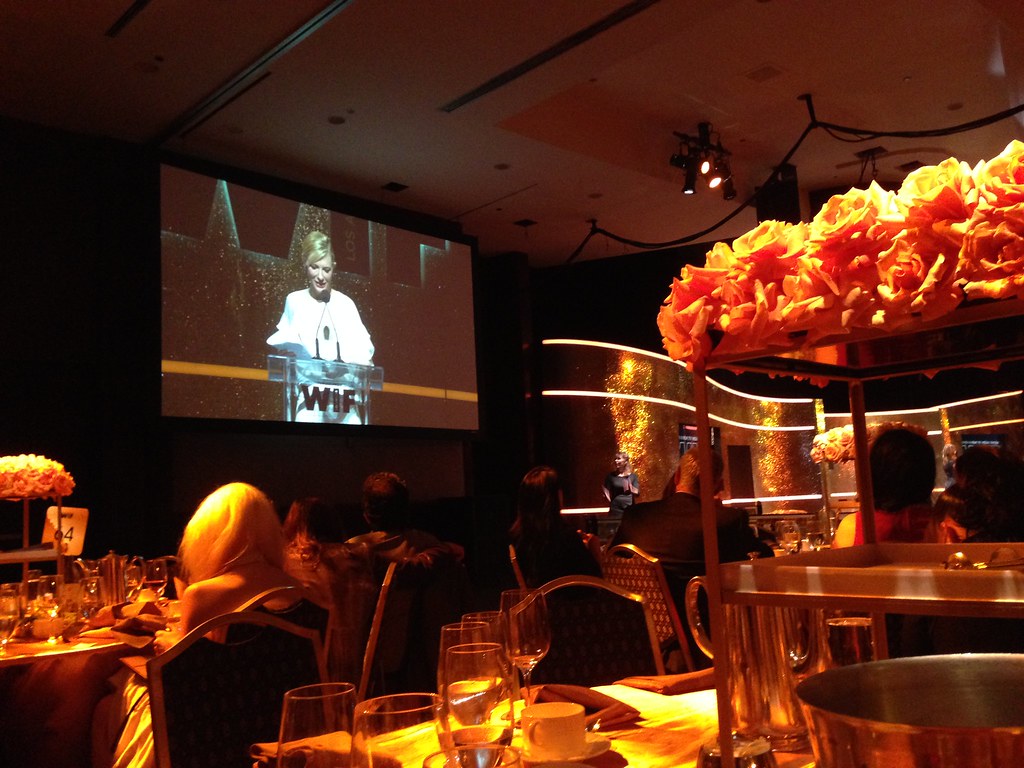
7. **Jude Quinn in *I’m Not There* (2007)**If *The Aviator* proved Blanchett could become an iconic woman, *I’m Not There* showed she could become an iconic man, and then some. In Todd Haynes’ experimental biopic about Bob Dylan, Blanchett took on the audacious task of portraying Jude Quinn, one of six incarnations of Dylan. Her interpretation was extraordinary, embodying Dylan’s mid-60s electric, enigmatic persona – thin, restless, sharp-witted, and often prickly. This gender-bending performance was a high-risk, high-reward endeavor that cemented her reputation as a true acting chameleon, capable of literally changing shape and essence.
Blanchett’s Jude Quinn was not an impression but an interpretation, capturing the elusive spirit of Dylan during his most controversial and creative period. She mastered his vocal inflections, his slouch, his piercing gaze, and his defiant posture, bringing a rock-and-roll coolness that was both disarming and utterly convincing. It was a fearless performance that blurred the lines of gender and identity, allowing her to disappear so completely into the role that many audience members initially failed to recognize her. The sheer audacity and success of this portrayal were breathtaking.
Her performance earned her the “Volpi Cup Best Actress Award at the Venice Film Festival,” the “Independent Spirit Award,” and a “Golden Globe Award for Best Supporting Actress.” Most impressively, it secured her a third Academy Award nomination, this time for Best Supporting Actress, for a different film entirely. Roger Ebert famously quipped, “That Blanchett could appear in the same Toronto International Film Festival playing Elizabeth and Bob Dylan, both splendidly, is a wonder of acting.” This role was a bold artistic statement, declaring that there were no limits to Blanchett’s transformative capabilities.


